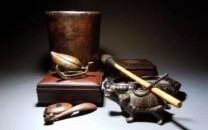- 资质:
- 评分:
1分 2分 3分 4分 5分 6分 7分 8分 9分 10分 7分
- 印象:
- 经营时间:2023年
- 展厅面积:500平米
- 地 区:上海-静安
精品鉴赏——定向月球陨石
月球陨石(meteorite)是地球以外未燃尽的宇宙流星脱离原有运行轨道或程碎块飞快散落到地球或其它行星表面的石质的、铁质的或是石铁混合物质,也称“陨星”。大多数陨石来自于火星和木星间的小行星带,小部分来自月球和火星。陨石大体可分为;石质陨石,铁质陨石,石铁混合陨石。每类陨石下面又有它们的子项。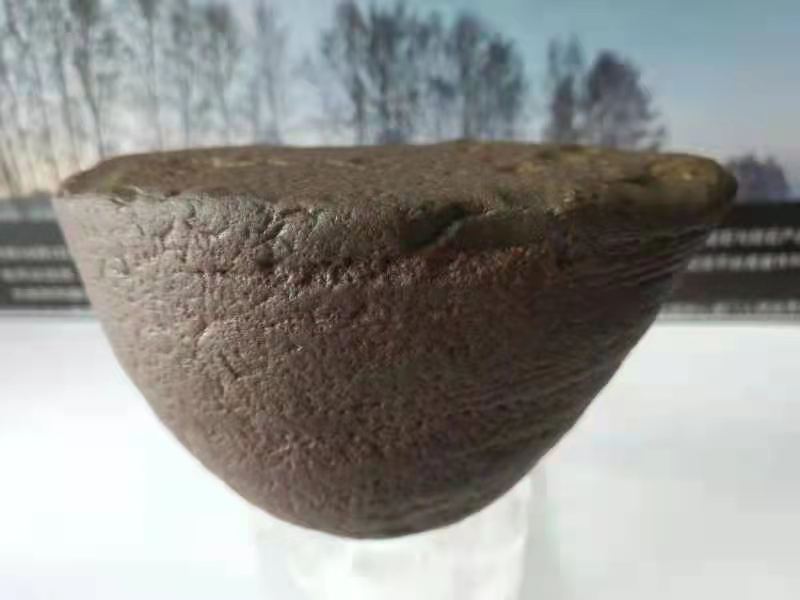
月球陨石可分为火山岩和沉积岩两大类,月球玄武岩是构成月球的主要岩石之一,颜色为黑色,白色,暗紫色,紫红色,绿色,墨绿色,灰绿色,黄色,棕黄色,混合色等。成斑状结构的构造和杏仁构造并存在黑云母。月球陨石中常见的硫化物有陨硫铁,黄铁矿,黄铜矿,方黄铜矿,硫镍铁矿,及尚不清楚的矿物。属火山岩的月球陨石表面呈现的透明状熔壳,是月岩中的透明物质经高温熔融后形成的。其它熔融现象如:熔壳,熔流纹,熔流线,槽沟,熔蚀坑,和定向坠落形成的棱角都十分明显。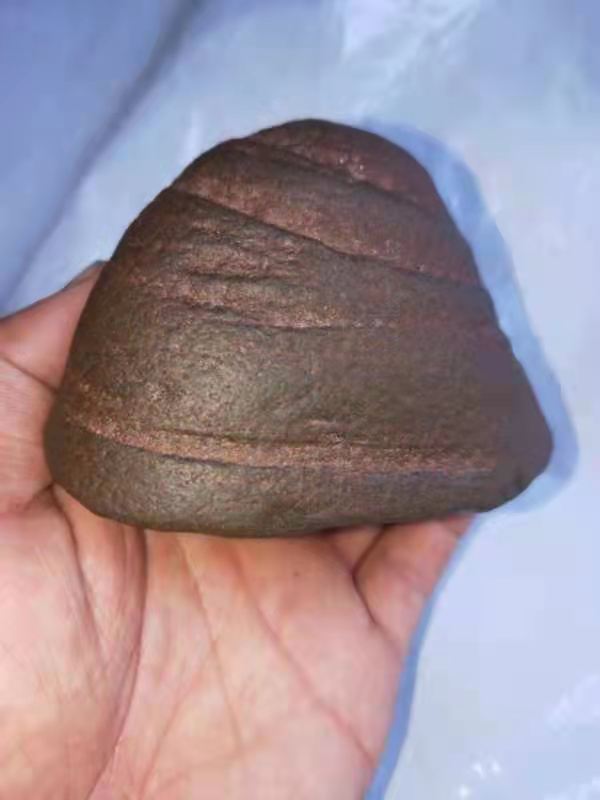
月球陨石的透明状熔壳特征,是判断月球陨石标志。因坠落地球时间太久,遭严重风蚀的月球火成岩陨石,失去透明状熔壳的可能性会大增,通常这种现象不会影响对月球陨石的终确认。月球陨石中常见成粒状,块状的聚片双晶集合体斜长岩及微班熔融角砾岩。颜色为,无色,白色,暗灰色,肉红色,粉红色,黄色,浅黄色,绿色,显玻璃光泽透明至半透明。板状或扁柱状的单晶常为白色,板状单晶内可见针状橄榄石存在。月球陨石中具有角砾斜长岩的特征,是确认月球陨石的重要科学依据。
该石头有一个非常平整的切割面。这个面上与整个石头的外部有一层玻璃质的熔壳,并且可以看到犹如拇指印一样的痕迹。同时该石头硬度高,比重大。从该角度看:石头的外部有规则德尔横向纹理,底部有一个小平面,边缘有碰撞发生的残缺。
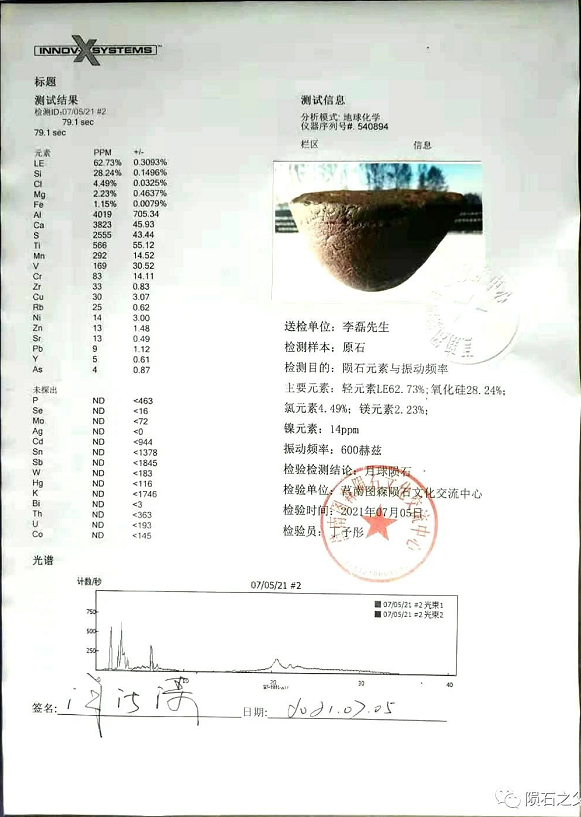 从检测报告可知:该疑似陨石的化学组分为:轻元素62.73%;氧化硅28.24%;氧化氯含量高达4.49%;镁元素含量为2.23%;其中镍元素含量微弱,仅为14PPM,其振动频率为600赫兹左右。这说明该陨石为孤零零一块,没有其它陨石碎块产生。从整体形态可见其鲜明的:定向锤子陨落特征!
从检测报告可知:该疑似陨石的化学组分为:轻元素62.73%;氧化硅28.24%;氧化氯含量高达4.49%;镁元素含量为2.23%;其中镍元素含量微弱,仅为14PPM,其振动频率为600赫兹左右。这说明该陨石为孤零零一块,没有其它陨石碎块产生。从整体形态可见其鲜明的:定向锤子陨落特征!
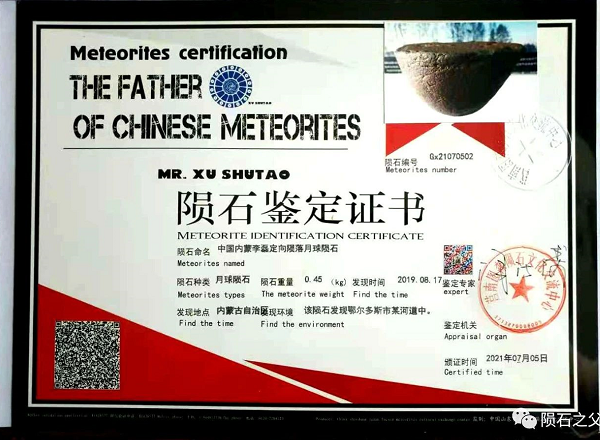
这是一块矿物质和微量元素丰富的,定向陨落的月球陨石,极具深入研究和收藏的意义和价值,属于经典的月球陨石。
英文翻译:
Moon meteorite (meteorite) is beyond the earth unburned out of the universe meteor from the original orbit or process of debris quickly scattered to the surface of the earth or other planets of stone, iron or stone iron mixed material, also known as "meteorite". Most meteorites come from the asteroid belt between Mars and Jupiter, with a small number coming from the moon and Mars. Meteorites can be roughly divided into; Stony meteorites, iron meteorites, mixed iron meteorites. Each type of meteorite has its subterm under it.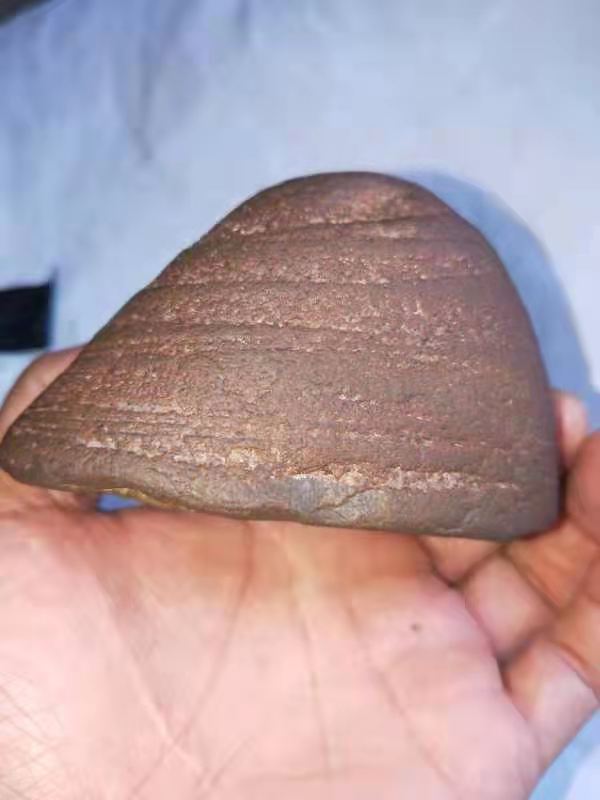 Lunar meteorites can be divided into volcanic rocks and sedimentary rocks. Lunar basalt is one of the main rocks constituting the moon. Its color is black, white, dark purple, purplish red, green, dark green, gray green, yellow, brownish yellow, mixed color, etc. Porphyrogenic structure and almond structure and biotite exist. Common sulfides in lunar meteorites include meteorite, pyrite, chalcopyrite, chalcopyrite, and pyrite, as well as unknown minerals. The transparent molten shell on the surface of the volcanic lunar meteorite is formed after the transparent material in the lunar rock is fused at high temperature. Other melting phenomena, such as molten shells, fluxes, flow lines, grooves, pits, and edges formed by directional falls, are obvious.
Lunar meteorites can be divided into volcanic rocks and sedimentary rocks. Lunar basalt is one of the main rocks constituting the moon. Its color is black, white, dark purple, purplish red, green, dark green, gray green, yellow, brownish yellow, mixed color, etc. Porphyrogenic structure and almond structure and biotite exist. Common sulfides in lunar meteorites include meteorite, pyrite, chalcopyrite, chalcopyrite, and pyrite, as well as unknown minerals. The transparent molten shell on the surface of the volcanic lunar meteorite is formed after the transparent material in the lunar rock is fused at high temperature. Other melting phenomena, such as molten shells, fluxes, flow lines, grooves, pits, and edges formed by directional falls, are obvious. The transparent molten crust of lunar meteorites is a marker for judging lunar meteorites. Lunar igneous meteorites, which have been severely eroded by wind, are more likely to lose their transparent molten crust, a phenomenon that usually does not affect the final identification of lunar meteorites. Granular and massive polycrystalline twin aggregate anorthosite and microclastic fused breccia are common in lunar meteorites. Color for, colorless, white, dark gray, meat red, pink, yellow, light yellow, green, glass luster transparent to translucent. Plate-like or flat columnar single crystal is often white, the plate-like single crystal can be seen in the presence of acicular olivine. The lunar meteorites are characterized by breccia anorthosite, which is an important scientific basis for confirming lunar meteorites.
The stone has a very flat cut surface. This face and the whole outside of the stone have a glass molten shell, and can be seen like thumbprints. At the same time, the stone hardness is high, than the major. From this point of view: the stone has a regular transverse texture on the outside, a small plane at the bottom, and the edge where the collision occurred.
The transparent molten crust of lunar meteorites is a marker for judging lunar meteorites. Lunar igneous meteorites, which have been severely eroded by wind, are more likely to lose their transparent molten crust, a phenomenon that usually does not affect the final identification of lunar meteorites. Granular and massive polycrystalline twin aggregate anorthosite and microclastic fused breccia are common in lunar meteorites. Color for, colorless, white, dark gray, meat red, pink, yellow, light yellow, green, glass luster transparent to translucent. Plate-like or flat columnar single crystal is often white, the plate-like single crystal can be seen in the presence of acicular olivine. The lunar meteorites are characterized by breccia anorthosite, which is an important scientific basis for confirming lunar meteorites.
The stone has a very flat cut surface. This face and the whole outside of the stone have a glass molten shell, and can be seen like thumbprints. At the same time, the stone hardness is high, than the major. From this point of view: the stone has a regular transverse texture on the outside, a small plane at the bottom, and the edge where the collision occurred.
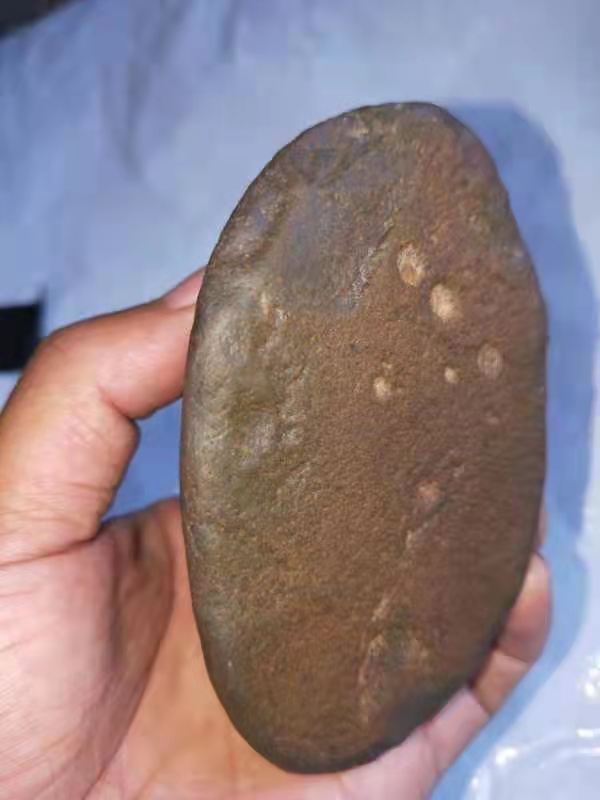 According to the detection report, the chemical composition of the suspected meteorite is 62.73% light elements; Silicon oxide 28.24%; Chlorine oxide content up to 4.49%; Magnesium content is 2.23%; The nickel content is weak, only 14PPM, and its vibration frequency is about 600 hz. This indicates that the meteorite is a single piece, no other meteorite fragments produced. Visible from the overall shape of its distinct: directional hammer fall features!
This is a lunar meteorite rich in minerals and trace elements, which falls directionally. It is of great significance and value for in-depth research and collection, and belongs to the classic lunar meteorite.
According to the detection report, the chemical composition of the suspected meteorite is 62.73% light elements; Silicon oxide 28.24%; Chlorine oxide content up to 4.49%; Magnesium content is 2.23%; The nickel content is weak, only 14PPM, and its vibration frequency is about 600 hz. This indicates that the meteorite is a single piece, no other meteorite fragments produced. Visible from the overall shape of its distinct: directional hammer fall features!
This is a lunar meteorite rich in minerals and trace elements, which falls directionally. It is of great significance and value for in-depth research and collection, and belongs to the classic lunar meteorite.

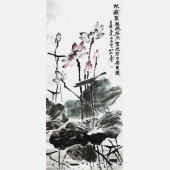 王兆奎
王兆奎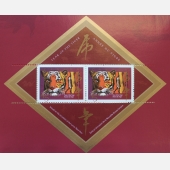 加拿大资深
加拿大资深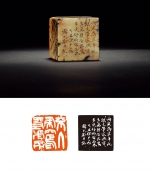 韩天衡
韩天衡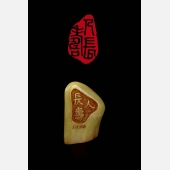 陈维廉
陈维廉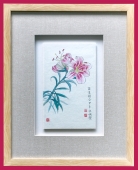 赵映璧
赵映璧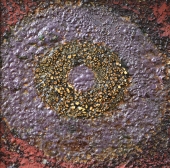 魏新
魏新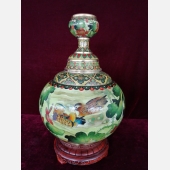 米振雄
米振雄 康蕾
康蕾